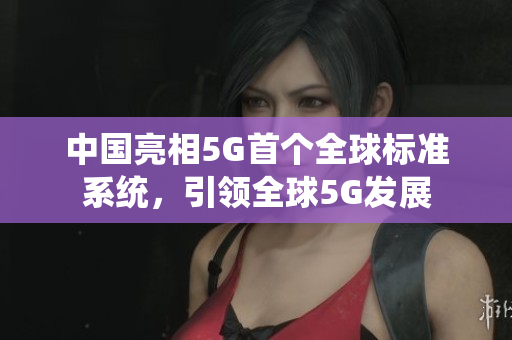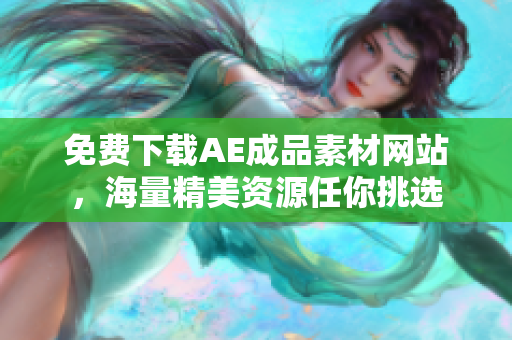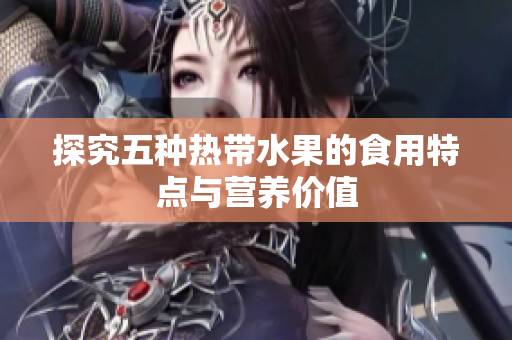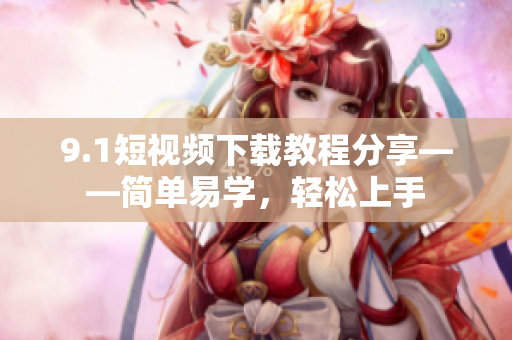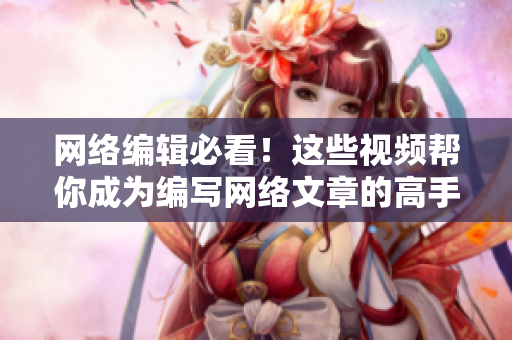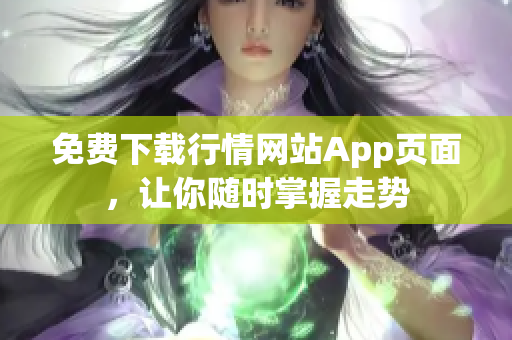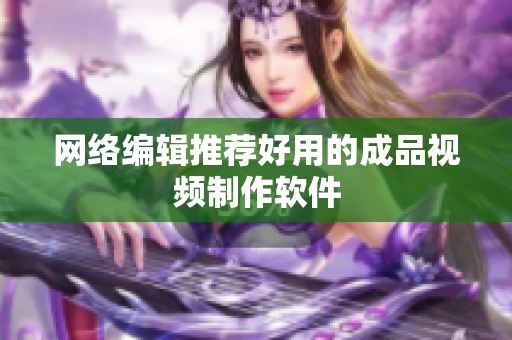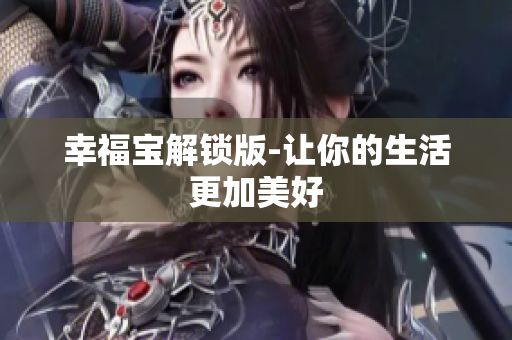Introduction
The world of arts and culture is an expansive one, with countless masterpieces created throughout the centuries. From the great works of Western civilization to the latest technological advancements in 5G wireless communication, the world has much to offer in terms of human creativity and innovation. In this article, we will explore some of the top art pieces from the Western world, discuss the importance of 5G technology, address the concerns of students and educators, and analyze the shortage of Southeast Asian early childhood education.
The Top Art Pieces from the Western World
Over the centuries, the Western world has produced countless masterpieces in the field of art and culture. From the architecture of the great cathedrals and castles to the exquisite paintings of the Renaissance, Western art has left an indelible mark on human history. Here are just a few examples of the top Western art pieces:
- Mona Lisa by Leonardo da Vinci
- The Last Supper by Leonardo da Vinci
- The Sistine Chapel ceiling by Michelangelo
- The Creation of Adam by Michelangelo
- The Starry Night by Vincent van Gogh
- Guernica by Pablo Picasso
These works of art have stood the test of time and continue to inspire people from all over the world.
The Importance of 5G Technology
The 5G wireless communication network is the latest advancement in mobile technology. It promises to offer faster download and upload speeds, better coverage, and lower latency than the previous generation of wireless technology. The benefits of 5G extend beyond just faster internet speeds. This technology has the potential to transform numerous industries, including healthcare, transportation, and entertainment.
For example, in healthcare, 5G technology can be used to relay real-time patient data to doctors and nurses, allowing for faster and more accurate diagnoses. In transportation, 5G can be used to power autonomous vehicles, reducing the risk of human error and increasing safety on the roads. In entertainment, 5G can be used to stream high-quality video and audio content seamlessly, allowing for a more immersive experience.
Addressing Student and Educator Concerns
In today's fast-paced world, students and educators face numerous challenges. For many students, balancing academic responsibilities with extracurricular activities, social life, and personal interests can be overwhelming. Educators, on the other hand, must stay up-to-date on the latest developments in their field while also managing administrative tasks and meeting the needs of their students.
One way to address these concerns is to foster a supportive environment that encourages open communication and collaboration. Teachers can work with students on time management skills and can provide resources like study guides or tutoring services. Students can also seek out extracurricular activities and clubs that interest them, allowing them to pursue their passions while also building relationships with their peers.
The Ethics of In-Game Purchases
In-game purchases, or microtransactions, have become increasingly common in the world of video games. While some players enjoy the added features and benefits that come with in-game purchases, others feel that these practices are unethical and take advantage of vulnerable players, particularly children.
There is no clear answer to this issue, as it depends on the individual player and their personal values. Some argue that in-game purchases are simply a way for game developers to make a profit, while others believe that these practices are exploitative and should be regulated. Ultimately, the best way to address this issue is to educate players on the risks and benefits of in-game purchases and encourage them to make informed decisions.
The Shortage of Southeast Asian Early Childhood Education
Despite rapid economic development in Southeast Asia, many countries in the region still lack access to quality early childhood education. This is due in part to limited resources and funding, as well as cultural and linguistic barriers. However, the importance of early childhood education cannot be overstated. Studies have shown that children who receive high-quality early education are more likely to succeed academically and socially later in life.
To address this issue, governments and NGOs must work together to increase funding for early childhood education programs and improve access to resources. This can include investing in teacher training and curriculum development, as well as providing financial assistance to families in need. By prioritizing early childhood education, Southeast Asian countries can help future generations thrive and succeed.
Conclusion
Art, culture, technology, and education are all important aspects of human society. By exploring these topics in depth, we can gain a deeper understanding of the world around us and identify ways to make positive change. Whether it's celebrating the great works of Western art, embracing the potential of 5G technology, supporting students and teachers, questioning the ethics of in-game purchases, or addressing the shortage of early childhood education in Southeast Asia, there is always more to learn and do.

